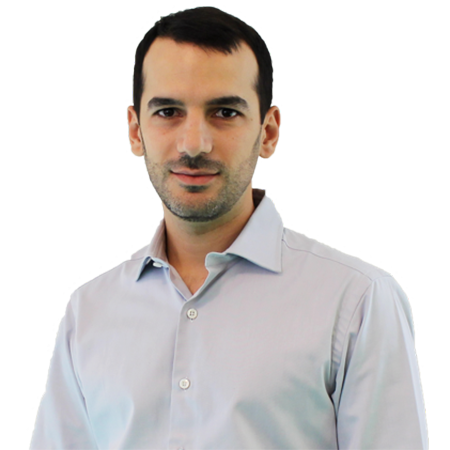
This week on The Data Stack Show, Eric and Kostas chat with Tasso Argyros, the Founder & CEO of ActionIQ. During the episode, Tasso shares his journey from Stanford to founding ActionIQ. He discusses the evolution of database architecture, the challenges of handling customer data at scale, and the importance of making data accessible to business users. Tasso also discusses his experience selling MySpace as his first customer and how ActionIQ bridges the gap between data engineering and marketing. He emphasizes the importance of customer interaction, understanding business user needs, creating a flexible, workload-agnostic infrastructure, the future of customer data platforms, and more.
Highlights from this week’s conversation include:
The Data Stack Show is a weekly podcast powered by RudderStack, the CDP for developers. Each week we’ll talk to data engineers, analysts, and data scientists about their experience around building and maintaining data infrastructure, delivering data and data products, and driving better outcomes across their businesses with data.
RudderStack helps businesses make the most out of their customer data while ensuring data privacy and security. To learn more about RudderStack visit rudderstack.com.

Each week we’ll talk to data engineers, analysts, and data scientists about their experience around building and maintaining data infrastructure, delivering data and data products, and driving better outcomes across their businesses with data.
To keep up to date with our future episodes, subscribe to our podcast on Apple, Spotify, Google, or the player of your choice.
Get a monthly newsletter from The Data Stack Show team with a TL;DR of the previous month’s shows, a sneak peak at upcoming episodes, and curated links from Eric, John, & show guests. Follow on our Substack below.